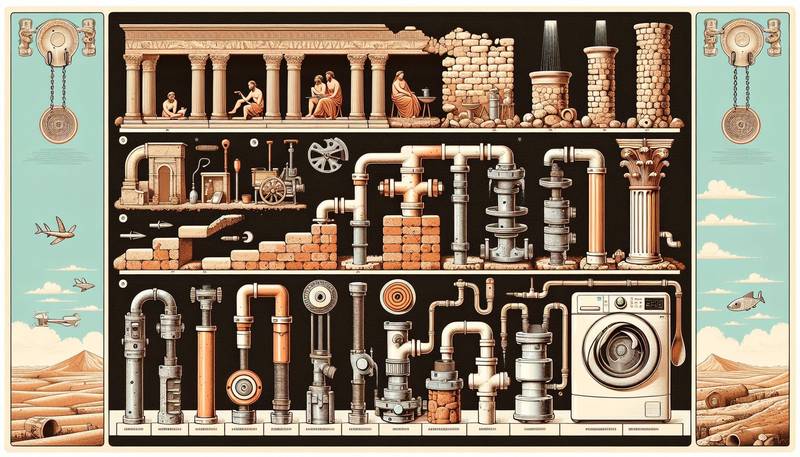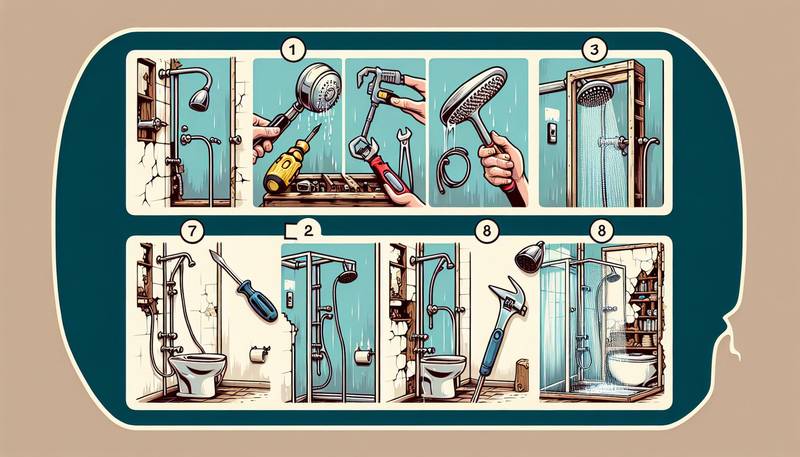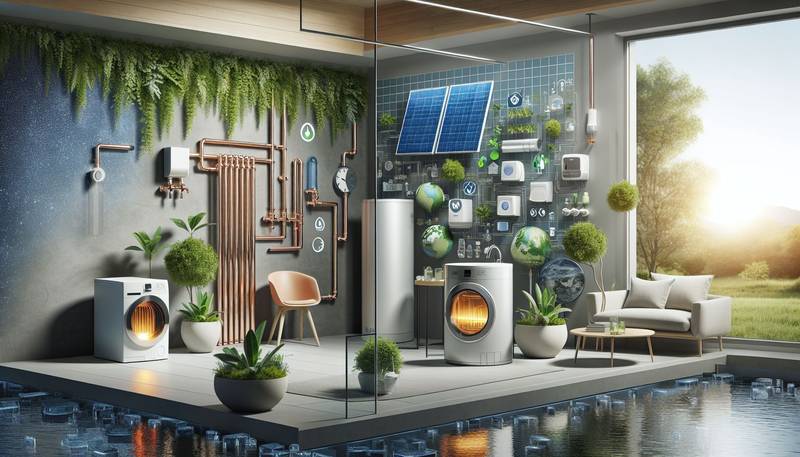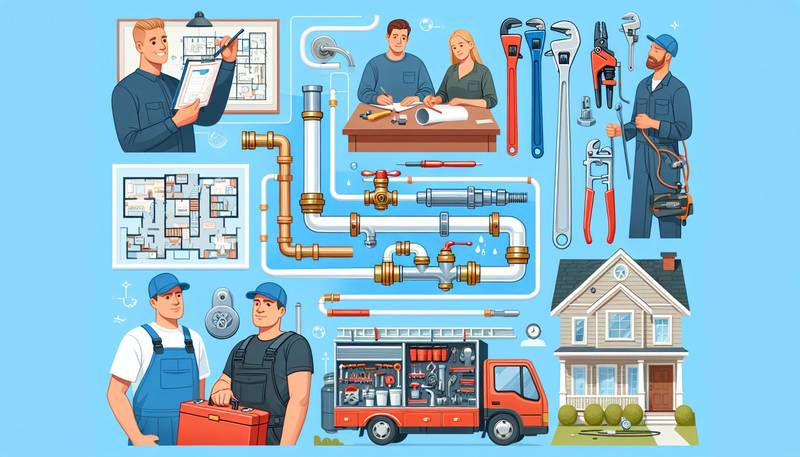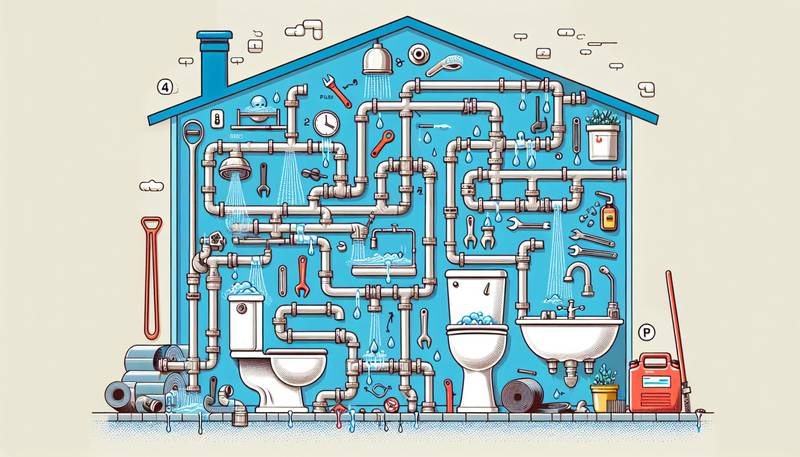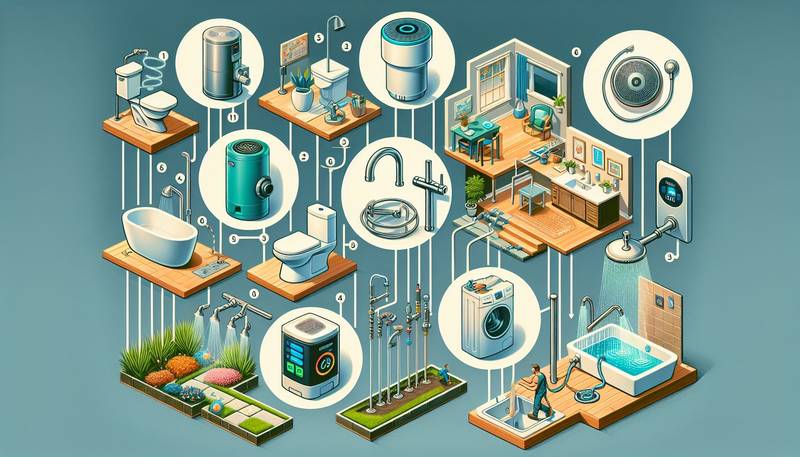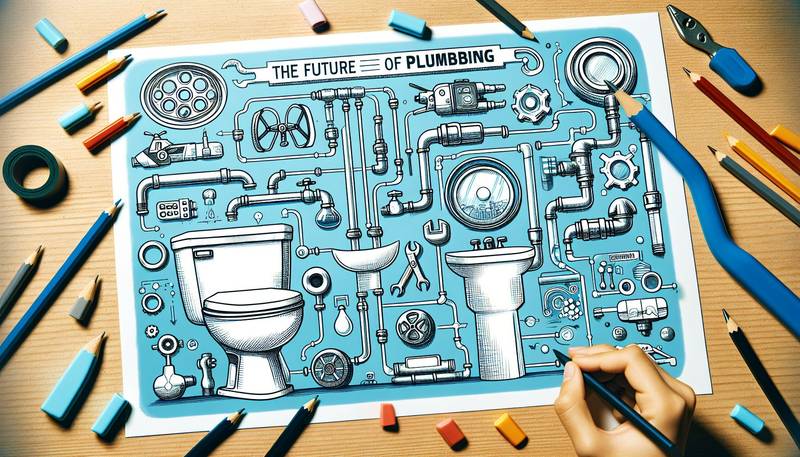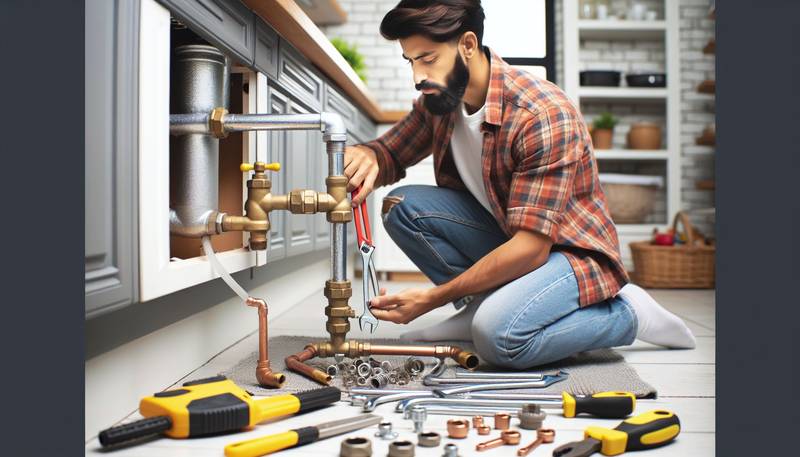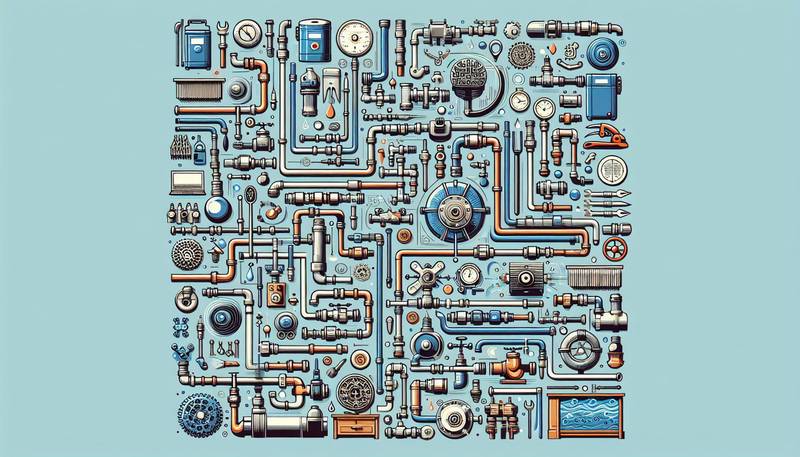The Evolution of Plumbing: From Ancient Innovations to Today's Technology
From the awe-inspiring aqueducts of ancient Rome to the sophisticated indoor plumbing systems of the present day, the development of plumbing technology has significantly contributed to the health and well-being of societies across the globe.
Ancient Innovations
The roots of plumbing can be traced back to ancient civilizations, with some of the earliest known examples found in Mesopotamia, Egypt, and the Indus Valley. These rudimentary plumbing systems primarily focused on providing irrigation for crops and managing waste. Notably, in ancient Rome, the groundbreaking creation of aqueducts revolutionized water transportation over long distances, ensuring a reliable water supply for the burgeoning city.
Middle Ages and Renaissance
The progression of plumbing technology encountered a roadblock in Europe during the Middle Ages, with many reverting to more primitive methods as a repercussion of the decline of the Roman Empire. In contrast, Islamic societies displayed remarkable advancements in plumbing, constructing elaborate water systems in cities like Baghdad. The Renaissance period heralded a revival in plumbing technology in Europe, highlighted by Sir John Harington's invention of the flush toilet and the introduction of indoor plumbing systems in palatial residences and affluent homes.
Industrial Revolution
The Industrial Revolution marked a pivotal moment in plumbing's evolution. The introduction of pioneering materials such as cast iron and lead pipes enhanced durability and efficiency in plumbing systems. Mass production made plumbing fixtures more affordable, prompting widespread adoption in residential and commercial settings. The late 19th century witnessed the groundbreaking invention of the water closet by Thomas Crapper, revolutionizing sanitation practices and setting the standard for modern toilets.
Modern Technology
In today's era, plumbing technology continues to advance with the integration of digital and smart technologies. Smart home devices like water leak detectors and automatic shut-off valves play a pivotal role in averting expensive water damage and promoting water conservation efforts. Technological innovations in materials science have spurred the development of sustainable plumbing materials like PVC and PEX piping. Moreover, advancements in water treatment and filtration ensure the cleanliness and safety of the water we use, surpassing prior standards of purity.
Conclusion
The evolution of plumbing from ancient innovations to cutting-edge technology stands as a testament to human ingenuity and the critical role of reliable water systems in society. As technological progress persists, plumbing will continue to evolve, guaranteeing that forthcoming generations have access to clean water and efficient waste management solutions. Oftentimes taken for granted, plumbing silently underpins our daily lives, its pervasive impact unmistakable.
